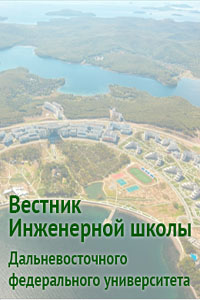Ecological assessment of water resources of the Khabarovsk city
DOI:
https://doi.org/10.24866/2227-6858/2022-1/104-111Keywords:
water resources of Khabarovsk, water pollution, water use, water bodies, environmental assessmentAbstract
The problem of environmental safety of the surface water bodies in Khabarovsk city and the need to ensure the quality of drinking water determine the relevance of the present study. The rapid industrialization, high population density and old city infrastructure have led to serious environmental pollution. Pollution of the aquatic environment within Khabarovsk is caused by untreated sewage, as well as the increased number of floods and freshet on the Amur River in recent years. The article considers the ecological state of the Amur River as one of the main sources of Khabarovsk water resources. The authors have carried out environmental monitoring of the water sources’ quality within the city. To verify the results sample collection of field data and their analysis in the laboratories of Khabarovsk were used. The study revealed the dependence of Khabarovsk water sources’ quality on the differences in conditions and the degree of water pollution of the Amur River. The main problems of water use in Khabarovsk were identified, such as, for example, the continued direct discharge of untreated wastewater by individual consumers into surface water bodies.
Downloads
Published
Issue
Section
License
Copyright (c) 2022 Far Eastern Federal Univercity: School of Engineering Bulletin

This work is licensed under a Creative Commons Attribution 4.0 International License.

